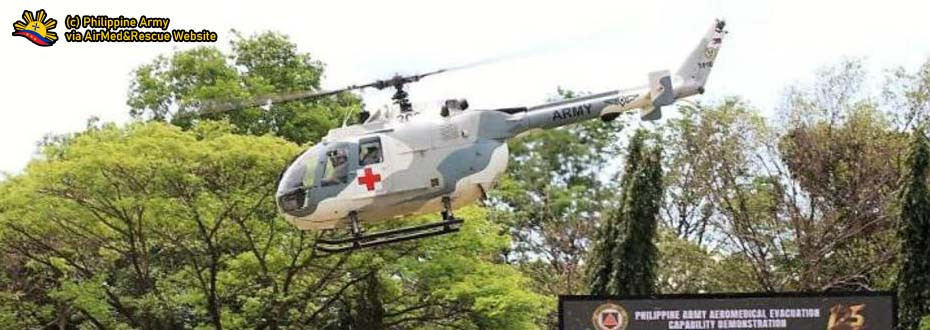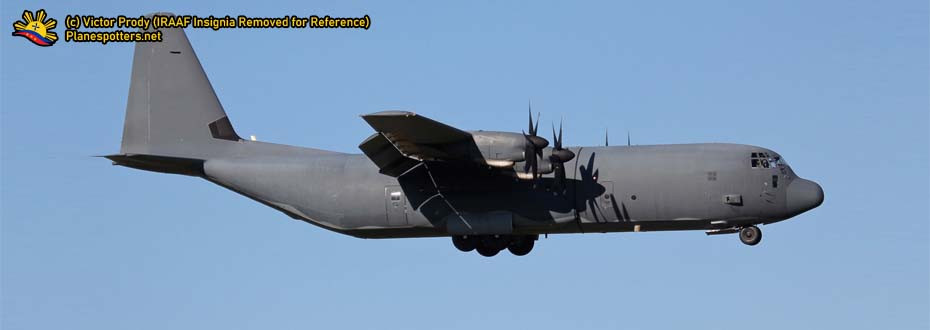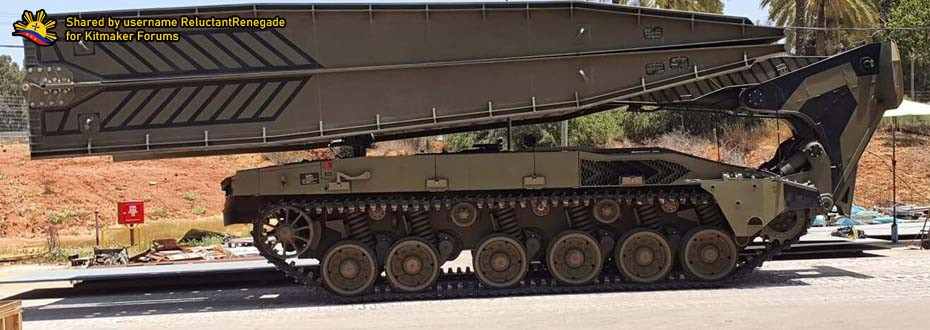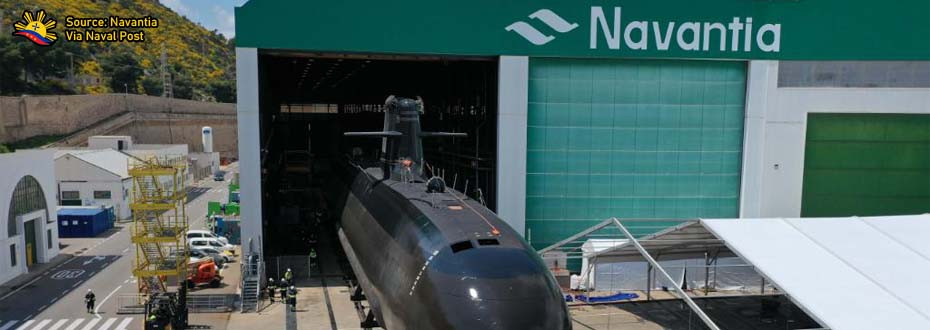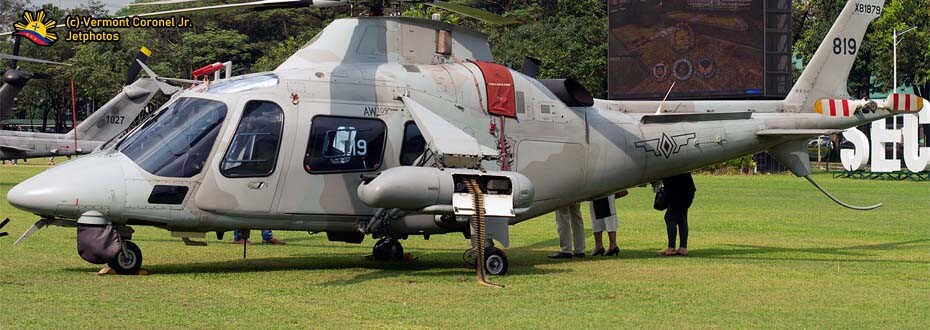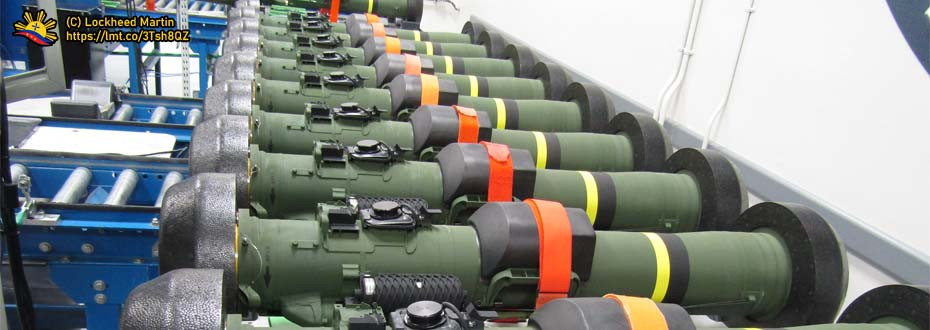The Philippine Aerospace Development Corporation (PADC) is considered as a Government-Owned and Controlled Corporation (GOCC) which it deals in maintaining, repairing, fixing and improving/overhaul the capabilities of the aircraft in the inventory in which it covers the planes owned by the Republic of the Philippines.
Established in 1973, the PADC was founded by a presidential decree in which it is established through PD 286 and is further amended by PD 696. Their primary purpose at that time, aside from repairing, overhauling, and assembling newly-procured aircraft, is to conduct a research and to develop the Hummingbird project, which deals in having an indigenous helicopter in which they hope one day will serve the Philippine government, and the Deviant Project which calls for an indigenous light attack trainer aircraft which was later renamed as "centennial" under the tenure of then-president Fidel Ramos.
Furthermore, these projects came under pressure due to alleged copyright and financial matters, in which it will be discussed further within this article.
THE HUMMINGBIRD AND DEFIANT (CENTENNIAL) PROJETS FROM OPUS'S ARCHIVES
 |
| The defiant (centennial) project. From old Timawan archives. |
The Defiant trainer and light attack aircraft project started in the 1980s, and a prototype (the Defiant 300) was built with wood and fiberglass components and a 300 hp Lycoming piston engine.
Government support was spotty (if it existed at all) and further development languished.
In 1997, during the administration of President Ramos, the Defiant (renamed Centennial?) and Hummingbird helicopter projects were given the green light in line with PADC's mandate to develop indigenous aircraft designs.
The budget was a meager PHP40 million.
The project started in July 1997 and included further development of the Defiant into the Defiant 500, which was to be of metal construction and sport a turbo-prop engine and be comparable in capability to the Embraer Tucano, which costs about US$5 million each.
In August 1998, after PHP34 million had been used the new administration of Joseph Ejercito Estrada shut the programs down, effectively wasting the amount already spent.
At around this time the new Estrada administration was being flooded with proposals for the Philippine Air Force for such big ticket items as F-15 Eagles and other ridiculously expensive aircraft.
 |
| The Hummingbird, a localized version of BO-105 version from Germany. |
THE REPORTED "REVIVAL" OF PROJECTS
The reports of having the revival of the projects are highlighted by a contributor of the Defense of the Republic of the Philippines Facebook group in which we shared it through our page.
CONCLUSIVE HOPES
Given the updates, it is ascertain that the time will come that it will fully redevelop once again. Setting these things aside, there are uncertainties with regards to the nature of the improvements of the aircraft and the plans PADC laid in order for this to get done. But then again, it really gives SRDP a hope where self-reliance when it comes to defense will definitely get into reality one step at the time. Hence, it will be a big plus for PADC and for the country presuming the development is on hand.
============================================================
[PITZ DEFENSE ANALYSIS UPDATE]
As of December 28, 2017
The chances to have revival of indigenous aircraft like the hummingbird and defiant projects are decreased further now that the Government decides to abolish the Philippine Aerospace Development Corporation under the premise that the company didn't produce any aircraft in its 45 years of existence. (Check details here)
It definitely explains that the local aircraft production or for what matter needs the support of the government in which it is lacking through the years where commitment especially on aerospace development is not enough. Nevertheless, its demise will not be felt by an ordinary Filipino considering its mandate limited on its purpose. In this area, especially now that the concept of Self-Reliance Defense Posture (SRDP) is in the picture, it can be said that such a move is a step back where aside from abolishing the one that has the mandate to develop and produce aircraft, that also means removing the only provider for repairs and maintenance especially for the part of the Philippine Air Force.
At present, it can only hope that in this manner, the nation may find itself again in the interest to develop its own aircraft where it is not viable at present due to the lacking of skills and services doing so. Hence, the only thing that can be done for SRDP at present is to improve it through GADIE or the Government Arsenal Defense Industrial Estate which it will seek both local and foreign suppliers to supplement AFP's needs.








